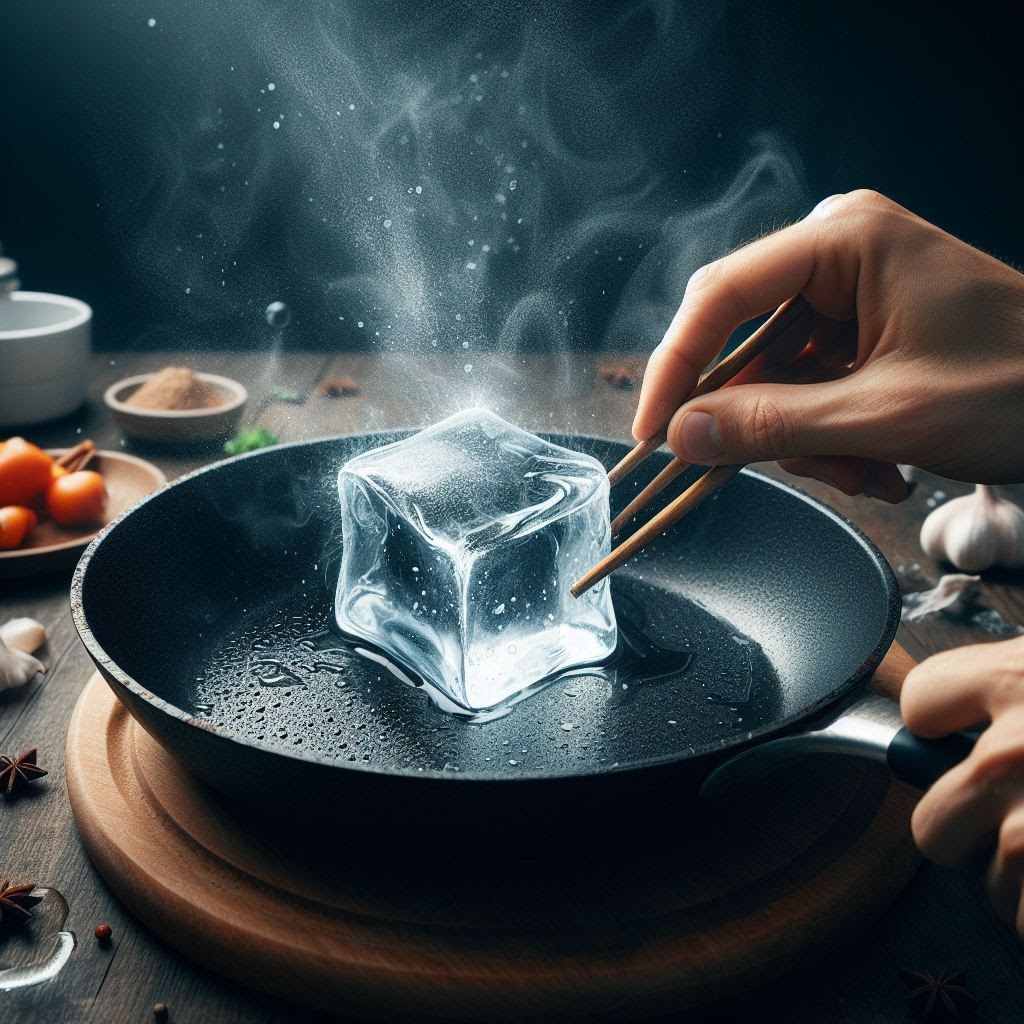A user asks a generative ai model to create a picture of an ice cube in a hot frying pan. however, instead of showing the ice melting into water, the ice is still shown as a solid cube. why did this happen?

Example of create a picture of an ice cube in a hot frying pan. however, instead of showing the ice melting into water, the ice is still shown as a solid cube. why did this happen?
This scenario likely occurred due to a limitation in the generative AI model's understanding or representation of physical processes.
Generative AI models, particularly those focused on image generation, are trained on vast amounts of data to learn patterns and generate plausible outputs. However, they may not always accurately represent real-world physics or dynamics, especially in complex scenarios like the melting of ice.
When asked to generate an image of an ice cube in a hot frying pan, the model may lack the contextual understanding of how heat affects ice, leading to a depiction where the ice cube remains solid instead of melting into water. This could be because:
1. Training Data Bias: The training data used to train the model may not have included sufficient examples of ice melting in hot environments or may not have emphasized the physics of phase transitions accurately.
2. Limited Context: The model may not have been explicitly trained to understand the physical properties of materials or the effects of temperature changes on them. Without this contextual knowledge, it may default to generating a static representation of an ice cube rather than simulating the melting process.
3. Simplification of Concepts: Generative AI models often simplify complex scenarios to generate outputs efficiently. In this case, the model may have prioritized representing the ice cube and the frying pan without considering the dynamic interaction between them.
To address this limitation, researchers could explore training generative AI models with more diverse and detailed datasets that include examples of phase transitions and physical interactions.
Additionally, incorporating explicit knowledge about physics and chemistry into the model's architecture or training process could help improve its ability to generate realistic depictions of complex scenarios like ice melting in a hot frying pan.
